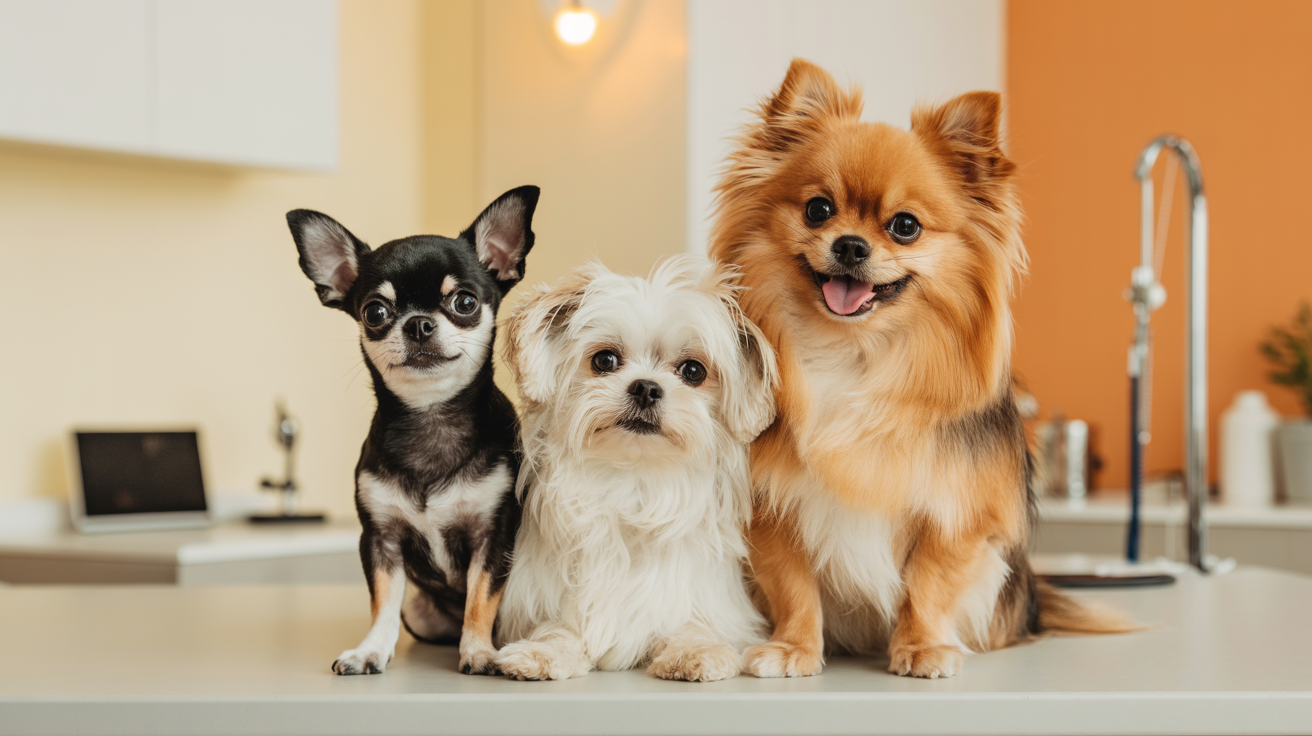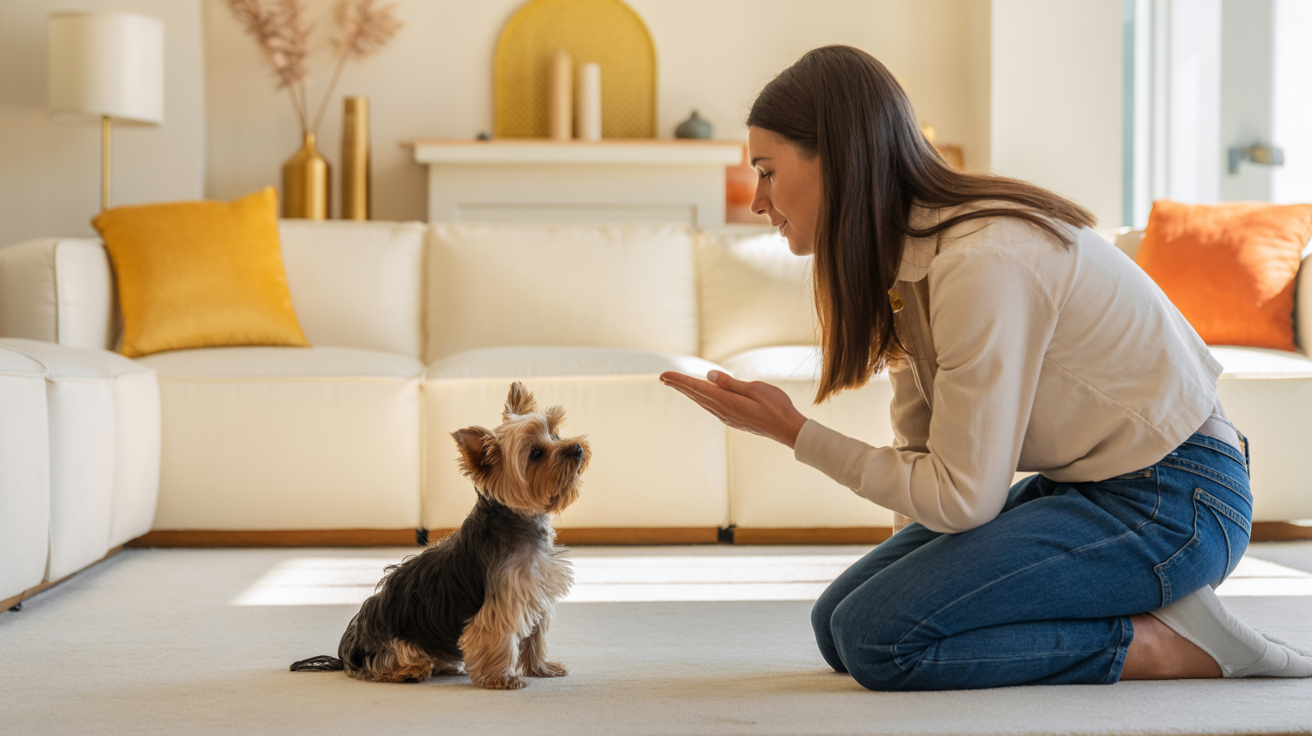
Small Dog Exercise: Keeping Toy Breeds Active and Healthy

Small Dog Exercise: Keeping Toy Breeds Active and Healthy
Despite their tiny size, toy breeds need regular exercise to maintain physical health and mental well-being. The key is understanding how to provide appropriate exercise that matches their unique needs and limitations.
Understanding Small Dog Exercise Needs
Physical Requirements
Age-Specific Guidelines
Indoor Exercise Options
Perfect for Apartment Living:
1. **Fetch in hallways**: Use soft toys to prevent damage
2. **Hide and seek**: Great mental stimulation
3. **Puzzle toys**: Keep minds active when weather doesn't permit walks
4. **Tug of war**: Use appropriately sized toys
5. **Obstacle courses**: Create simple courses with pillows and boxes
Outdoor Activities
Safe Outdoor Exercise:
Weather Considerations:
Exercise Safety Tips
Protecting Your Toy Dog:
Signs of Proper Exercise
Healthy Exercise Indicators:
Warning Signs of Too Much Exercise:
Conclusion
Regular, appropriate exercise is essential for toy dog health and happiness. The key is finding the right balance - enough activity to keep them physically fit and mentally stimulated without overwhelming their tiny bodies.
*Always consult with your veterinarian about the appropriate exercise level for your specific dog, especially if they have health conditions or are recovering from illness or injury.*
Found This Helpful?
Join our community of toy dog lovers for more expert tips and advice!
Read More Articles